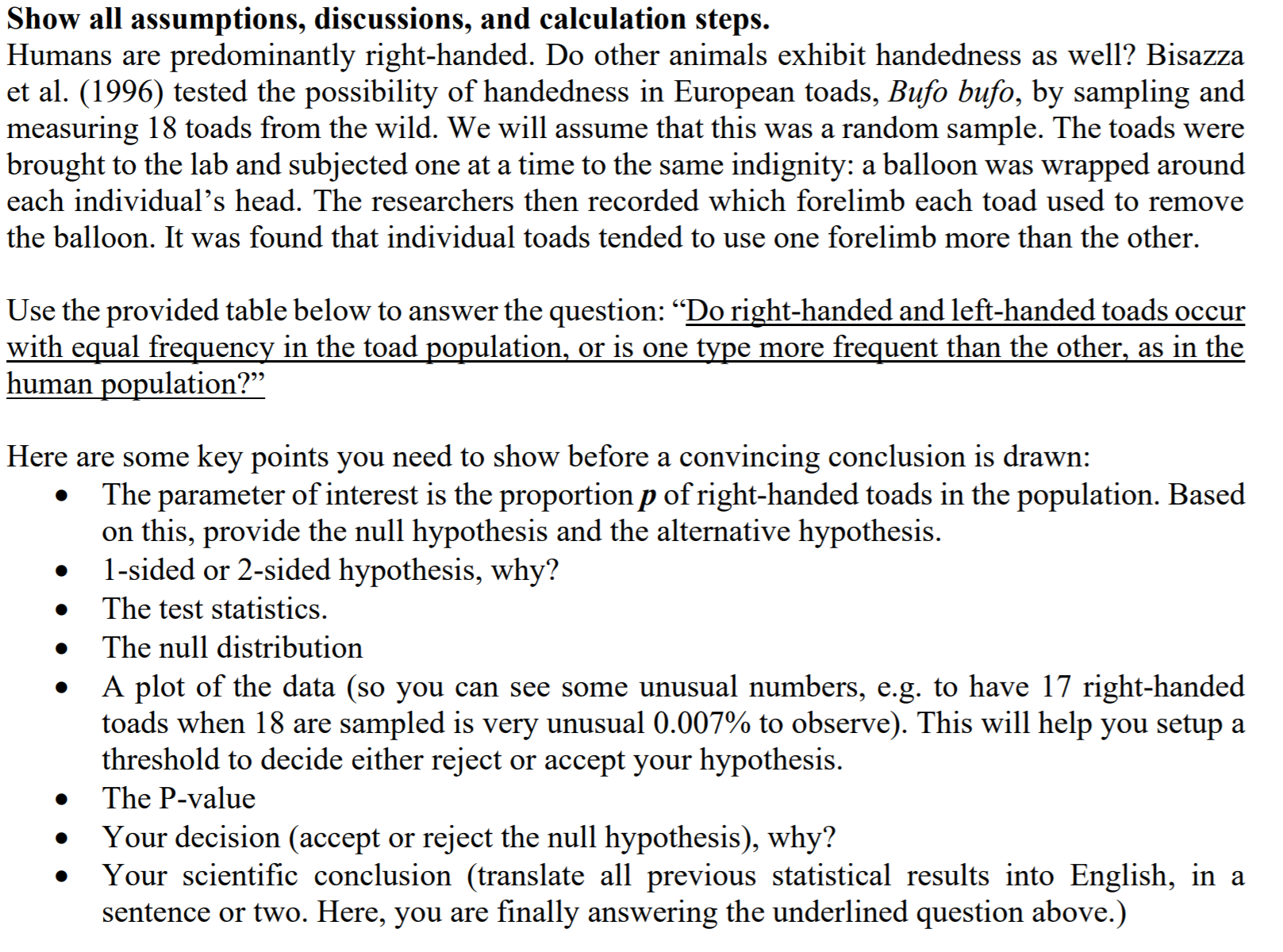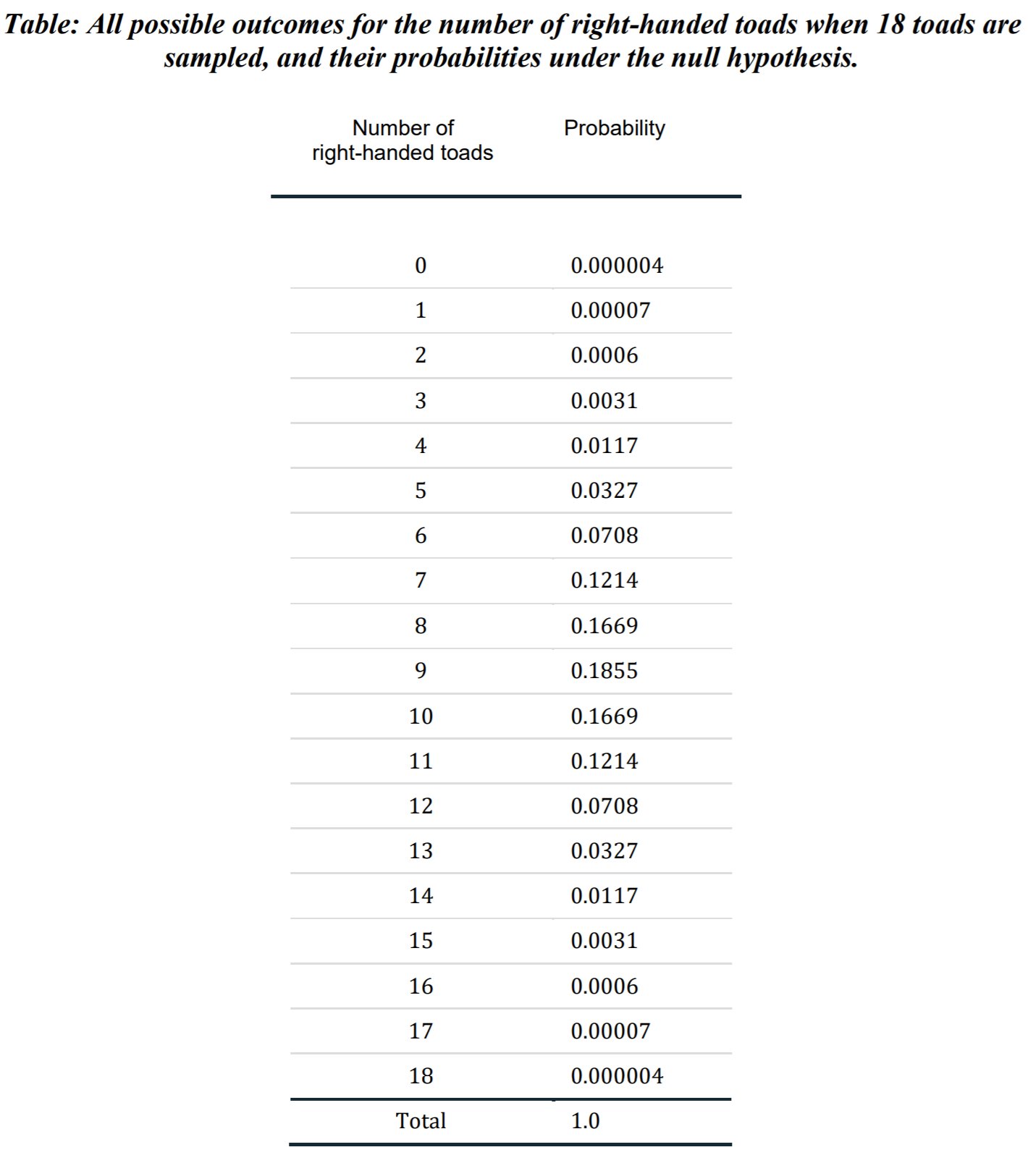Answered step by step
Verified Expert Solution
Question
1 Approved Answer
Refer the table to answer all assumptions, discussions and calculation steps. NEED HELP! Show all assumptions, discussions, and calculation steps. Humans are predominantly right-handed. Do
Refer the table to answer all assumptions, discussions and calculation steps. NEED HELP!


Step by Step Solution
There are 3 Steps involved in it
Step: 1

Get Instant Access to Expert-Tailored Solutions
See step-by-step solutions with expert insights and AI powered tools for academic success
Step: 2

Step: 3

Ace Your Homework with AI
Get the answers you need in no time with our AI-driven, step-by-step assistance
Get Started


